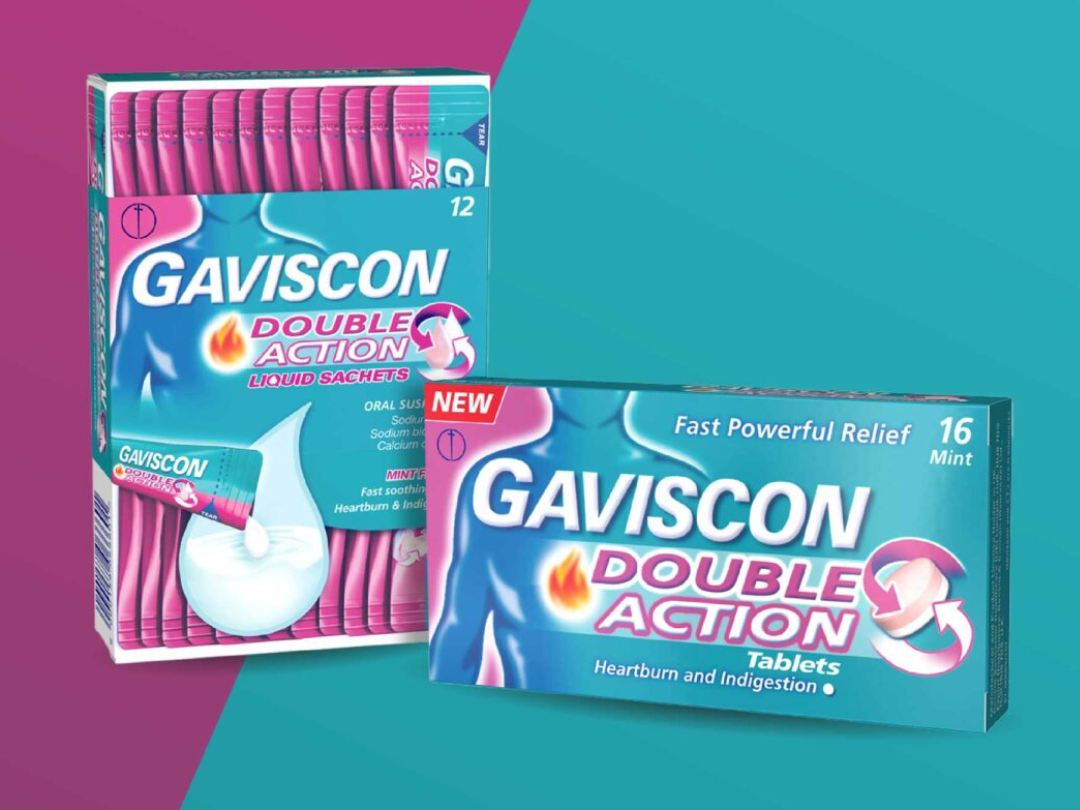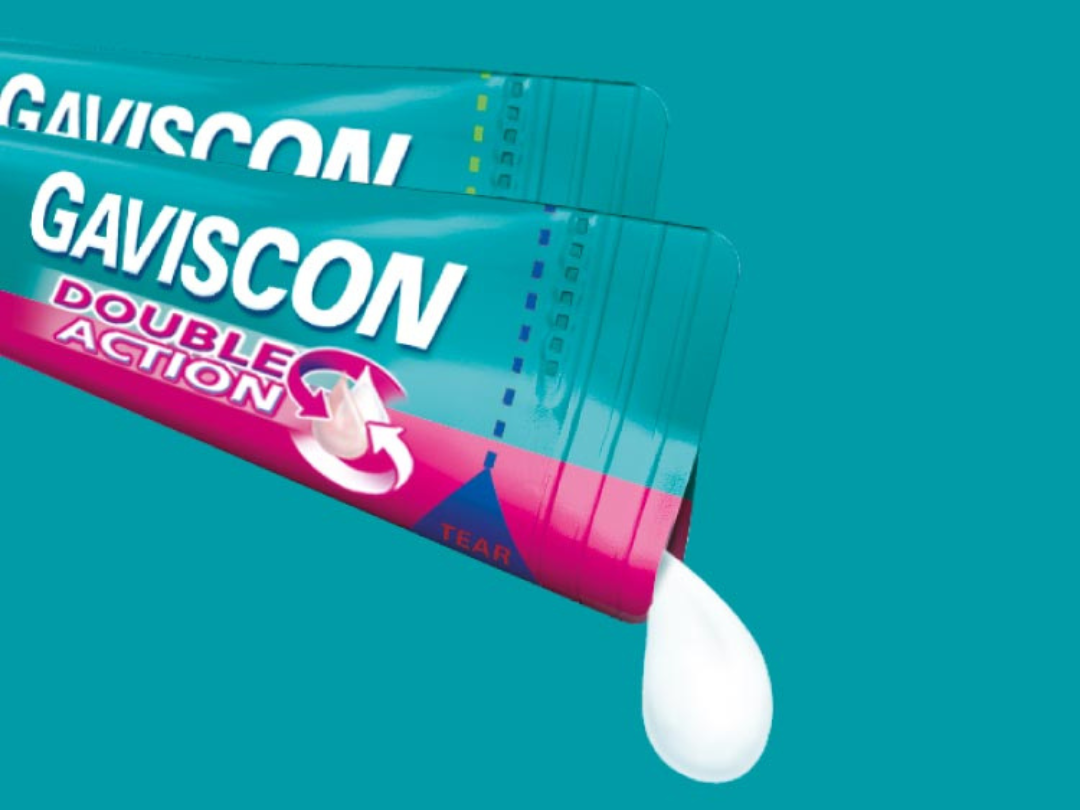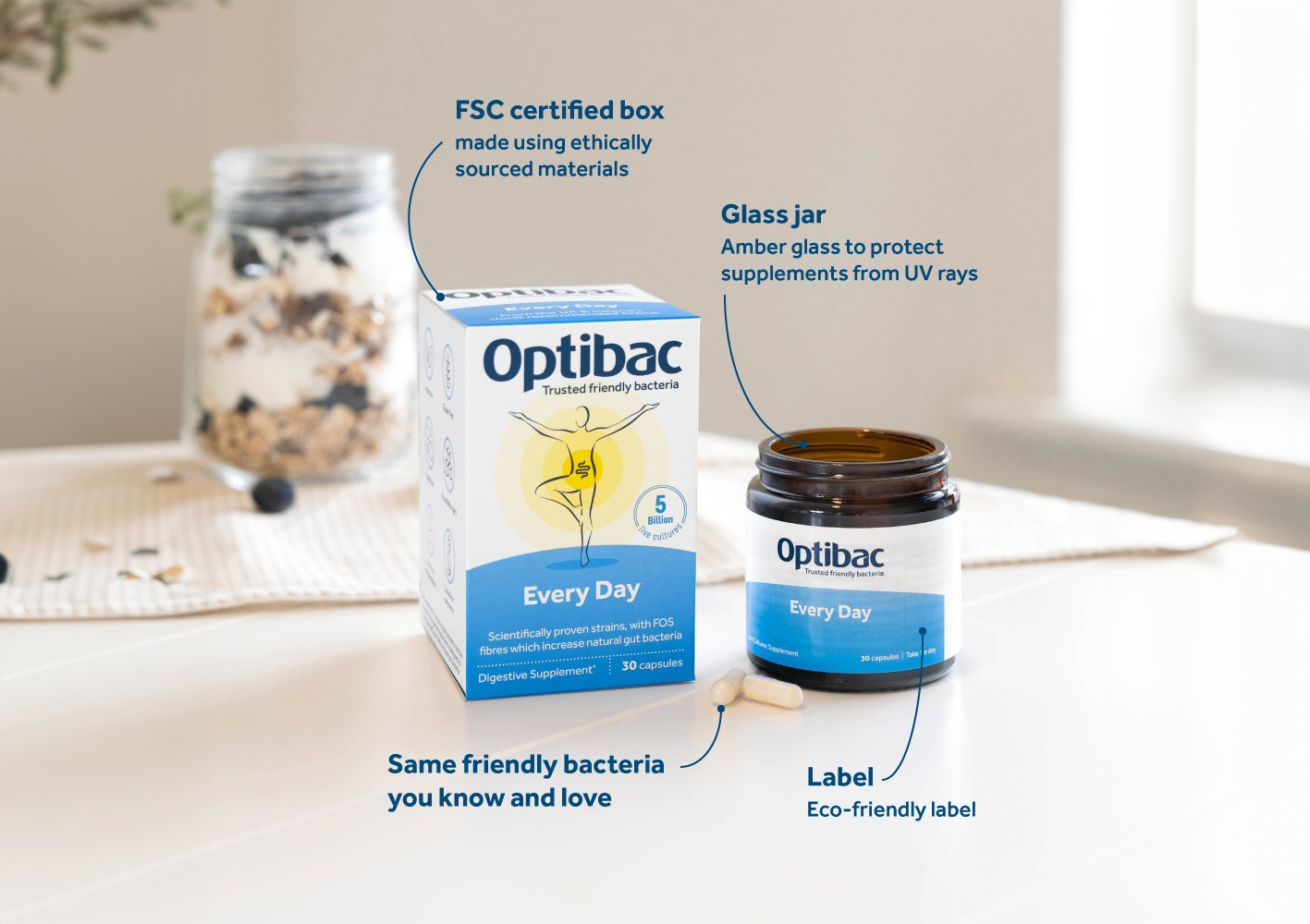
June 24, 2024
In Blogs

As the Health & Wellness market continues to evolve with shifting consumer requirements and intense competition, it’s more challenging than ever for brands to stay strong on the shelf. Retailers allocate limited space to each category, making it essential for brand owners to demonstrate the value of their products and earn their place within it. In the fiercely competitive retail landscape, routine category reviews can become fearful events. But they don’t have to be.
With effective category management strategies and powerful insights to present, category reviews can be something for brand owners to look forward to; a way to unlock new opportunities and not only justify their brand presence on the shelf but expand their share of the category.
In this blog post, we’ll explore what effective category management involves, why it is essential for brand growth in the Health & Wellness retail landscape, and how it can drive success for brands and retailers alike.
Category management involves analysing shopper behaviour, current and macro market trends, and competitor offerings to optimise the performance of a category. Unlike category reviews, category management should be an ongoing practice for brand owners. It isn’t just about improving your product sales but about boosting the performance of the category as a whole. Category Management enables you to identify opportunities for growth and optimise your strategy in line with shopper requirements. You can attract new shoppers and offer new ways to shop the fixture so they can explore all the category has to offer, thereby encouraging sales and category growth. Additionally, category management enables you to form a stronger, more collaborative partnership with retailers.
Brand owners should base their category management initiatives – and indeed, their entire retail strategy – on robust market research and shopper insights. The suppliers that stand out from a retailer perspective are the ones that leverage data to reveal insights-based opportunities.
For example, you can use shopper segmentation to establish if a retail partner is under-trading or over-trading in your category, thereby revealing areas in which they aren’t meeting their shoppers’ needs. Cut-through shopper insights can also reveal how to adapt the category in line with shopper priorities and expectations. This may involve trialling new ideas, optimising product assortment, adjusting pricing, and refining promotional strategies to target each shopper segment more effectively.
Additionally, you should use data-backed insights to justify your brand’s presence in the category and demonstrate how your offering and suggested campaigns can drive category growth.
“Retailers expect suppliers to leverage data to showcase their brand’s significance within the category and appeal to the store’s customers. They expect guidance on how to display the brand across channels and formats to boost sales and improve overall category performance.”Working with your retail partners to achieve their goals honestly and objectively, rather than simply advocating for your brand, will help you build long-term trust. Category management provides a framework for this crucial supplier-retailer collaboration. Using your research and insights mentioned above as the cornerstone, you should plan in detail how to work with your retail partner to achieve mutual success. Engage in joint business planning initiatives, set common category goals, and align strategies and resources with the retailer to meet those goals.
In addition to pricing and product assortment initiatives, you can collaborate with your retail partner on promotional and marketing strategies to drive consumer awareness and demand for products, thereby improving footfall and attracting new-to-store customers. Syncing promotional calendars, developing co-branded marketing campaigns, and leveraging each other’s strengths will help you maximise the impact of your joint marketing efforts and boost the category performance.
To successfully manage your category, you need to look at the category as a whole, not just your brand.
Not only does this enable you to identify areas in which your brand excels compared with competitors, but it also helps you establish the wider range of shoppers that might visit the category, as opposed to solely your customer base. You can use this as a baseline to build targeted marketing campaigns and improve category growth.


Moreover, evaluating the category in this way can unveil opportunities for new product development and empower you to adapt your strategy to meet untapped shopper needs, increasing sales, and attracting new customers. Reckitt Benckiser, for example, extended the structural product range of their digestive healthcare brand, Gaviscon, upon identifying a growing consumer requirement for handy packs and liquid sachets, thereby gaining an edge on the competition and increasing the brand’s share of market.
“By recognising and understanding consumer pathways, businesses can tailor their category management strategies to meet shoppers’ evolving needs.”Your category analysis should encompass consumer trends and purchase patterns surrounding your category. By understanding what drives shopper purchase decisions in your category, ranging from price points and promotions to shopper preferences and seasonality, you can flag potential risks and opportunities. This knowledge allows you to enhance the supply chain efficiency, optimising inventory levels and reducing out-of-stocks.
Furthermore, understanding shopper behaviour empowers you to devise compelling merchandising strategies that enhance the visibility and appeal of the category and your products. For example, creating product adjacencies by placing items frequently bought together, such as cold/flu medicine and tissues, next to each other can encourage more sales and larger basket sizes.
If possible, visit the store in person to evaluate the placement of your products within the category and gain a feel for the store environment and its impact on the category. This will help you devise strategic merchandising techniques, effective signposting, and targeted promotions to improve the shopping experience, driving customer loyalty and repeat business.
“Think about how you create a reset moment with the people you’re working with, to be proactive in the future, grasping the opportunities within those Health and Wellness categories to drive growth.”

In a crowded marketplace, effective category management empowers you to differentiate your products from competitors and unlock category growth. By assessing the category against product demands, you can identify areas where the category isn’t meeting consumer needs and adapt your offering to address those gaps. For instance, if your analysis reveals that your category alienates budget-conscious shoppers, you may develop smaller versions of existing products to meet a lower price point. Or perhaps you spot an opportunity to engage eco-minded shoppers by boosting your brand’s sustainability, whether that’s by switching to recyclable or biodegradable packaging, reducing the use of raw materials in your production processes, or developing an all-natural product range.
Don’t underestimate the impact a simple sustainability review can make. After rejuvenating the design and packaging of their gut health brand, Optibac, switching from plastic to glass and cardboard, Wren Laboratories proved through consumer research that shoppers preferred Optibac’s new look vs key competitors, and won new listings for the brand in major multiples.
By continuously innovating with new products, value propositions, and marketing strategies, you can ensure your brand stands out and stays ahead of the competition.
Often, it can be difficult to pitch your category management initiatives, new promotional strategies, or new product launch campaigns to your retail partners outside of category reviews. Even during category reviews, it is a challenge to spark true innovation. This is where ideation sessions come in.
“Think about how you create a reset moment with the people you’re working with, to be proactive in the future, grasping the opportunities within those Health and Wellness categories to drive growth.”Ideation sessions between brand owners and retailers provide a unique opportunity to engage in divergent thinking and challenge retailer norms with breakthrough category management initiatives. These sessions provide a platform for sharing insights and data, allowing both parties to develop a deeper understanding of consumer behaviour, market trends, and competitive dynamics. Moreover, they can step-change your relationship with the retailer.
For example, when Sanofi launched their new hayfever product, Allevia, Ceuta Group designed a bespoke ideation session for the Sanofi and Boots teams, which not only facilitated a revolutionary new product launch plan buy-in that unlocked category growth, but also enabled the brand to develop a strong, long-term cross-functional relationship with Boots. Sanofi even won the Boots Innovation of the Year award.
Effective category management is essential for success in the competitive Health & Wellness market. By following the six steps outlined in this blog post, brand owners can use category reviews as opportunities for growth.
Gathering robust data insights, building collaborative relationships with retailers, and adopting a holistic view of the category can drive substantial improvements in category performance. Optimising product assortment and merchandising strategies ensures products meet consumer needs while identifying areas to innovate can set your brand apart. Finally, ideation sessions offer a unique platform to deepen your supplier-retailer partnerships and co-creating impactful, actionable plans.
These strategies enable brands to not only secure their place on the shelf but also to expand their market share and contribute to the overall growth of the category.
If you need support in gathering cut-through consumer research, developing successful category strategies, building commercial capabilities within your team, or expanding your brand’s market coverage, our Health & Wellness industry experts can help you. As the world’s only end-to-end outsourcing solution for Health & Wellness brands, Ceuta Group, an IQVIA business, can fast-track and optimise your brand’s success at every stage of its journey, from market assessments to brand strategy development, sustainable design creation, and global omnichannel sales and marketing execution.
To find out more about how to unlock the true potential of your brand, get in touch
Get in touch